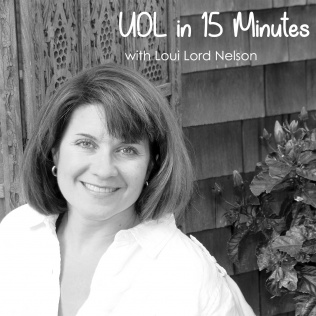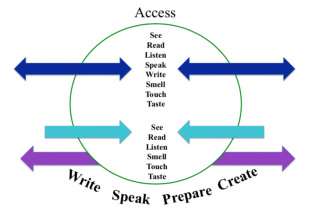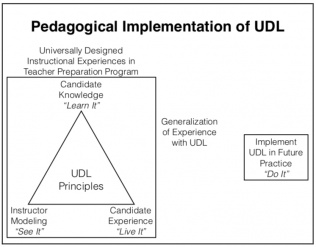UDL-SICC Goal Setting and Planning Tool
The Universal Design for Learning School Implementation and Certification Criteria (UDL-SICC) Goal Setting and Planning Tool assists school teams with turning data from the UDL-SICC Self-Assessment into meaningful, realistic implementation goals.
The UDL- SICC Goal Setting and Planning Tool can be used to turn data from the UDL-SICC Self-Assessment into meaningful, realistic implementation goals. School teams may choose to build on areas of UDL implementation strength or focus on areas of needed growth. Setting goals across several domains helps ensure a global, holistic approach to UDL school improvement.
Click here to view the UDL School Implementation & Certification Criteria (UDL-SICC)
Share this resource:
Posted date:
July 19, 2021





